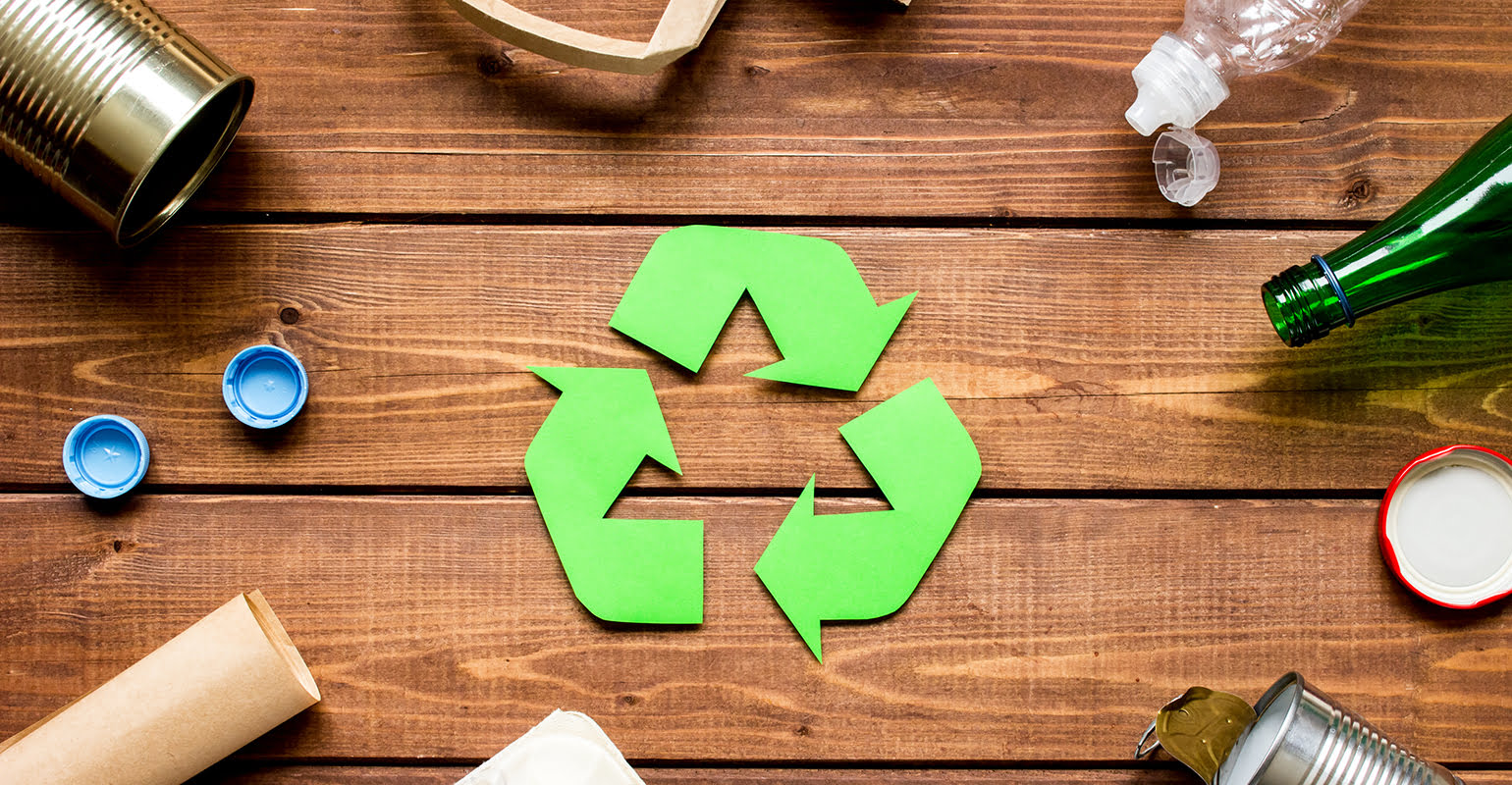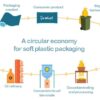Why is sustainable packaging important?
Sustainability is an important issue for key concern to the governments, business as well as public across the world. Sustainable development generally stands for meeting requirements of the present generations without even jeopardizing the ability of the future generations for meeting their needs – and better quality of the life for everybody, now or for the generations to come. Sustainability creates & maintains conditions under which nature and humans will exist in productive harmony, which allows fulfilling social, economic or other requirements of the present & future generations.
The sustainable industry is in the equilibrium with the environment; it’s concerned with the impact on suppliers, customers, staff, wider community as well as the natural world. The sustainable businesses not only care about today, but also about the impact of activities in years as well as decades to come. We stay in a world where we’re consumers and the majority of us make the purchases daily. Without any exception, goods we purchase are supplied in a certain type of the packaging to keep contents in proper condition that we will expect. Additionally, packaging defines the brands as well as provides the consumer with important information. Sustainability, therefore, is the issue of importance to all the companies who use packaging, no matter what their place in the supply chain.
The quick definition of sustainable packaging is the packaging that is made from sustainable materials by using the energy from renewable sources. Packaging must stay effective and safe throughout the life cycle, and after which the component materials must be completely recyclable and creating a closed-loop of usage and manufacturing. Completely sustainable packaging, but, must meet the business market’s needs in terms of performance, cost, and safety.
Why Implement Sustainable Packaging?
The sustainable packaging might appear to be the additional expense. Suppose real product is sustainable, then why must the packaging be sustainable? The following are some benefits of sustainable packaging:
Resource Conversion
The conventional packaging materials are resource-intensive & wasteful. The plastic production made around 2.7% (roughly 191million barrels of the HGL) of total petroleum consumption of 2010. And producing a single cubic foot of the Styrofoam needs around 1.5 liters of petroleum. It is the same amount 20mpg car requires to travel 8miles. In the sharp contrast, the sustainable packaging maximizes the use of the recycled materials as well as low-impact formation processes, thus conserving the raw materials. Conserving the raw materials preserves the natural resources for future generations.
Human Health & Safety
The conventional packaging materials will pose many health & safety risks, unlike the materials that are used in sustainable packaging. The exposure to Styrofoam will cause several health issues for workers, like eye and skin irritation, headache, respiratory ailments, depression, fatigue, and kidney failure. The polyethylene terephthalate, one type of plastic used for storing beverages, has antimony, toxic metalloid. The antimony exposure will lead to diarrhea, nausea, as well as stomach ulcers.
There are many key characteristics of sustainable packaging:
- Materials are manufactured, sourced, shipped, as well as recycled through the use of renewable energy
- Beneficial, safe and healthy for individuals & communities during the life cycle








